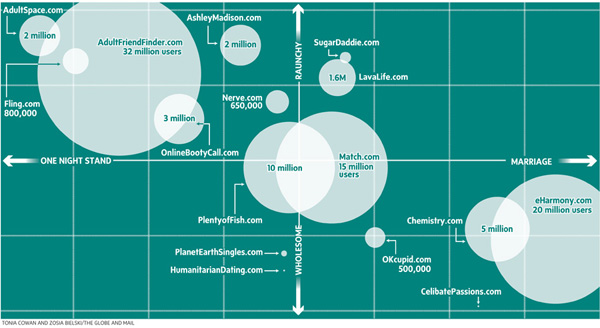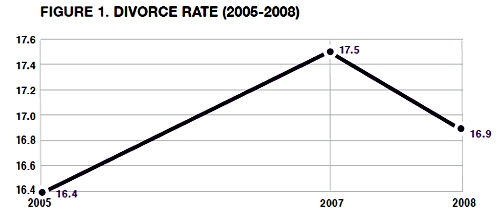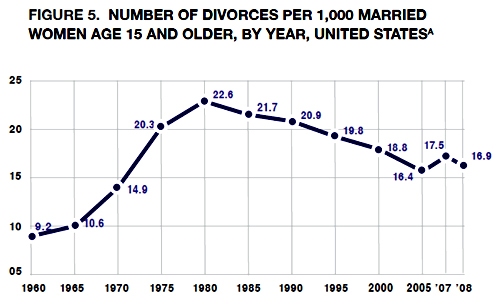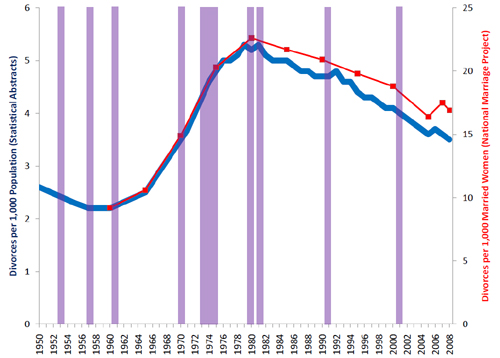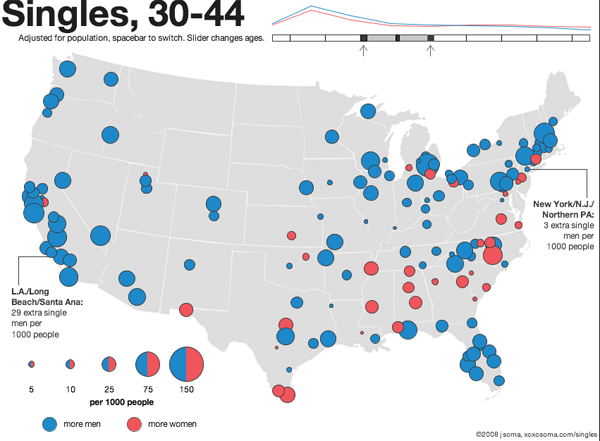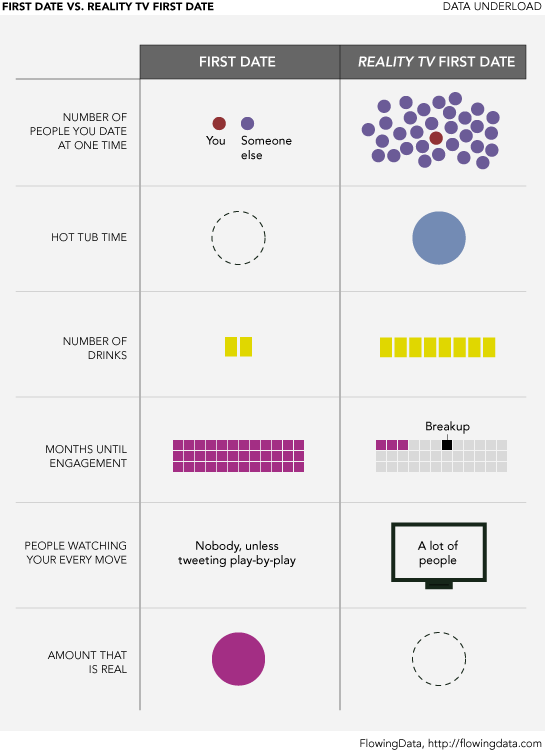
What Works
I love jokes told via infographic.
What Needs Work
We need to tell more jokes via infographic and some of those jokes could be inside jokes that you wouldn’t immediately understand. When I come across an example of what I mean I’ll post it.
Reference
Yau, Nathan (25 April 2010) “First Date vs. Reality TV First Date” at Flowing Data.

